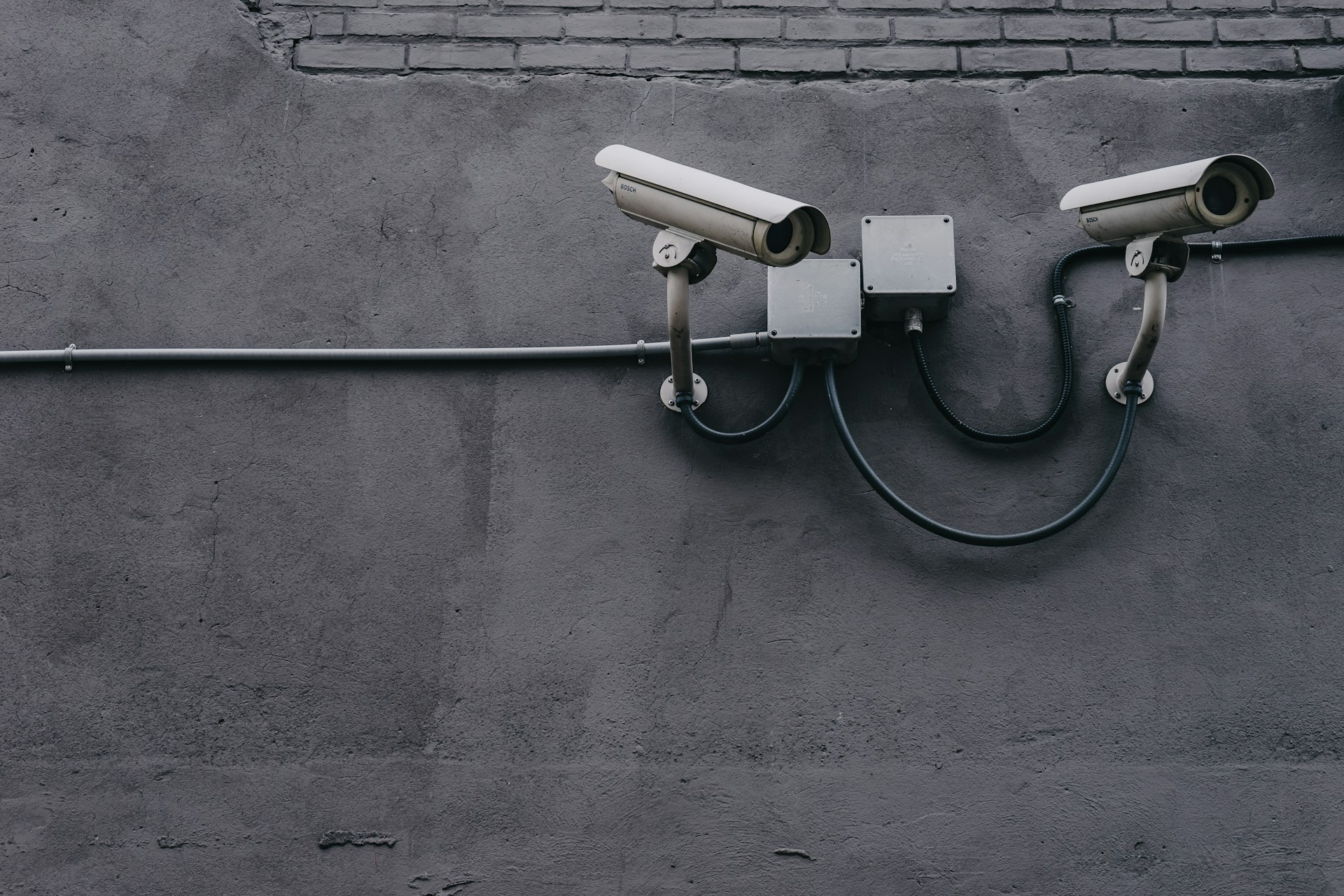Dealing with false alarms can be a real headache for any business. The constant notifications, the wasted time, and worst of all, the delayed response times when a real emergency happens—it’s all frustrating and costly. But what if you could significantly reduce false alarms and improve response times at the same time?
It’s possible, and the key is using smarter, more automated systems that handle the heavy lifting for you. If that sounds like something your business needs, keep reading. Let’s explore how you can take your security operations to the next level.
Contents
- 1 1. Use a Smart Alarm Management System
- 2 2. Automate Alarm Filtering and Dispatching
- 3 3. Centralise All Your Alarm Systems
- 4 4. Use a Virtual Receiver for Device Connectivity
- 5 5. Efficiently Dispatch Alarms with a Virtual Dispatcher
- 6 6. Access Your System Anytime, Anywhere
- 7 7. Review and Update Your Processes Regularly
- 8 The Bottom Line
1. Use a Smart Alarm Management System
The biggest game-changer? Switching to a smart alarm management system like Evalink. If you’re still relying on older systems, you’re probably getting bogged down by unnecessary alarms—every gust of wind, bird, or shadow sets it off. A smart alarm system does things differently.
These systems use advanced tech to filter out the noise and focus on what really matters. That means fewer false alarms and faster responses when there’s an actual threat. They’re designed to sort through alerts, only notifying you or your team when a legitimate issue arises. Imagine not having to chase down every false alert—that’s what smart alarm management can do for your business.
Plus, it’s all automated. You can set up workflows to route alerts directly to the right team, cutting out the back-and-forth that often leads to delays. No more manual checks, no more wasted time. Your security team can focus on real issues without getting buried in false alarms.
2. Automate Alarm Filtering and Dispatching
If you’re still manually filtering through alarms, you’re probably wasting a lot of time. Automation is the way forward, and it’s not as complicated as it might sound.
By automating how alarms are filtered and dispatched, you ensure that only real threats make it through the system. For example, smart automation can analyse data from sensors in real-time and figure out whether a triggered alarm is because of a harmless factor—like a strong gust of wind—or an actual security breach.
Once verified, these alarms get automatically sent to the appropriate team. No manual verification, no delays. It’s quick, efficient, and most importantly, reliable.
3. Centralise All Your Alarm Systems
Have you ever tried managing different alarm systems—CCTV, fire alarms, access control—individually? If so, you know how much of a hassle it can be. A smart solution is to bring everything into one place.
When you centralise your alarm systems into a single platform, you’re not juggling between different setups anymore. Everything—whether it’s your video surveillance or your fire panel—is controlled through one system, giving you a bird’s eye view of all your security operations.
This makes it easier to manage, and more importantly, it speeds up response times because you can assess everything at once, without having to flip between different systems. And when everything’s in one place, identifying and resolving issues becomes a whole lot easier.
4. Use a Virtual Receiver for Device Connectivity
Managing a bunch of different devices across multiple sites? That’s tough, especially if you’re still relying on hardware-based receivers. This is where a virtual receiver comes in handy.
A virtual receiver lets you manage all your alarm signals and device maintenance remotely, without the need for costly on-premise hardware. No more worrying about keeping your equipment up-to-date—virtual receivers are maintenance-free, highly reliable, and scalable to fit your needs.
By cutting down on physical infrastructure, you’re not only reducing costs but also making your operations more flexible. Need to scale? No problem. Virtual receivers let you do that without the hassle of installing new hardware. It’s all about simplifying your setup and making your system more adaptable.
5. Efficiently Dispatch Alarms with a Virtual Dispatcher
Speed is everything when it comes to security. The faster you can respond to an alarm, the better. But how do you make sure alarms get to the right people without delay? That’s where a virtual dispatcher comes into play.
With a virtual dispatcher, alarms are automatically routed to the correct team based on the specific rules you set up. So, whether it’s a security partner or an internal team, alarms will be dispatched to the right place, fast.
You can even configure it for parallel or sequential dispatching, making sure nothing gets missed and that responses happen as quickly as possible. By automating the dispatch process, you eliminate delays, miscommunication, and the risk of alarms being overlooked.
6. Access Your System Anytime, Anywhere
In today’s world, you’re not always going to be on-site to manage your security operations, and you shouldn’t have to be. Cloud-based security platforms allow you to manage everything from anywhere, 24/7.
With a smart alarm management system, you can access all your alarm data remotely, check alerts, and even manage response actions—all from your phone or computer. Plus, with role-based access, you can control who has permission to do what. This flexibility makes it easier to keep your security operations running smoothly, no matter where you or your team are.
7. Review and Update Your Processes Regularly
Even the best alarm management systems need a little TLC. Regularly reviewing and updating your workflows is essential to keep everything running smoothly.
Take a look at how alarms are being processed—are they going to the right people? Could they be dispatched faster? Are there any new technologies that could help streamline things further?
By keeping a close eye on your processes and making improvements when needed, you’ll stay ahead of the curve and ensure that false alarms don’t become an issue again.
The Bottom Line
Reducing false alarms and speeding up response times doesn’t have to be complicated. With the right tools and strategies in place—like smart alarm management, automation, and centralising your systems—you can make your security operations more efficient and less stressful.
You don’t need to spend your days chasing down false alarms anymore. Focus on what really matters: protecting your business, your assets, and your team. It’s all about working smarter, not harder.





